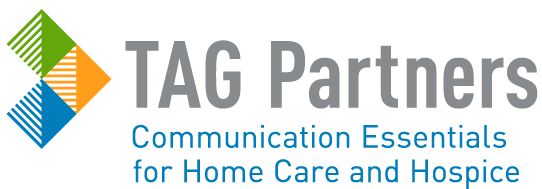Get a jump on National Stroke Awareness month. Make sure your referral network has plenty of resource material on hand for their patients and caregivers.
Spread the word …. Strokes are the fifth leading cause of death and the number one cause of adult disability in the United States. A stroke occurs when blood flow to an area of the brain is interrupted. Blood clots are the most common cause, but strokes can also be the result of a leaking blood vessel or a rupture within the brain. During a stroke the lack of oxygenated blood causes cells to weaken and die. The possibility of long-term paralysis depends on the location of the brain affected and the amount of cell damage that has occurred.
Some people experience a transient ischemic attack, (TIA) or mini-stroke which is often a warning sign of a more serious event. TIA symptoms are the same as a stroke but last minutes or hours and then disappear. A TIA episode should be taken very seriously as 40% of people who experience them will have a stroke within a few days.
There are several risk factors that can lead to a stroke, but hypertension is the leading culprit. Over time, elevated blood pressure damages artery walls causing them to burst or become easily clogged, which can lead to a stroke. Other factors that increase the risk of a stroke are: high cholesterol, sleep apnea, cardiovascular disease, or a family history of stokes. If you suffer from any of these conditions or if you routinely have blood pressure readings with the systolic above 140 and/or the diastolic above 90 you need to talk to your medical provider about stroke prevention.
You may be having a stroke or TIA if you experience any of these symptoms suddenly:
- Difficulty speaking
- Vision Problems
- Unsteadiness on your feet or trouble walking
- Weakness on one side of your body
- Severe Headache
If you are having a stroke, time is critical. Call 9-1-1 Immediately - There is a brain-saving medication available which, if administered within 3 -4 hours of having a stroke, can minimize brain damage and disability. Receiving prompt treatment gives you the best chance for a full recovery.
Visit our Web Store for Home Health & Hospice informational materials on the dangers of stroke and other health conditions.


